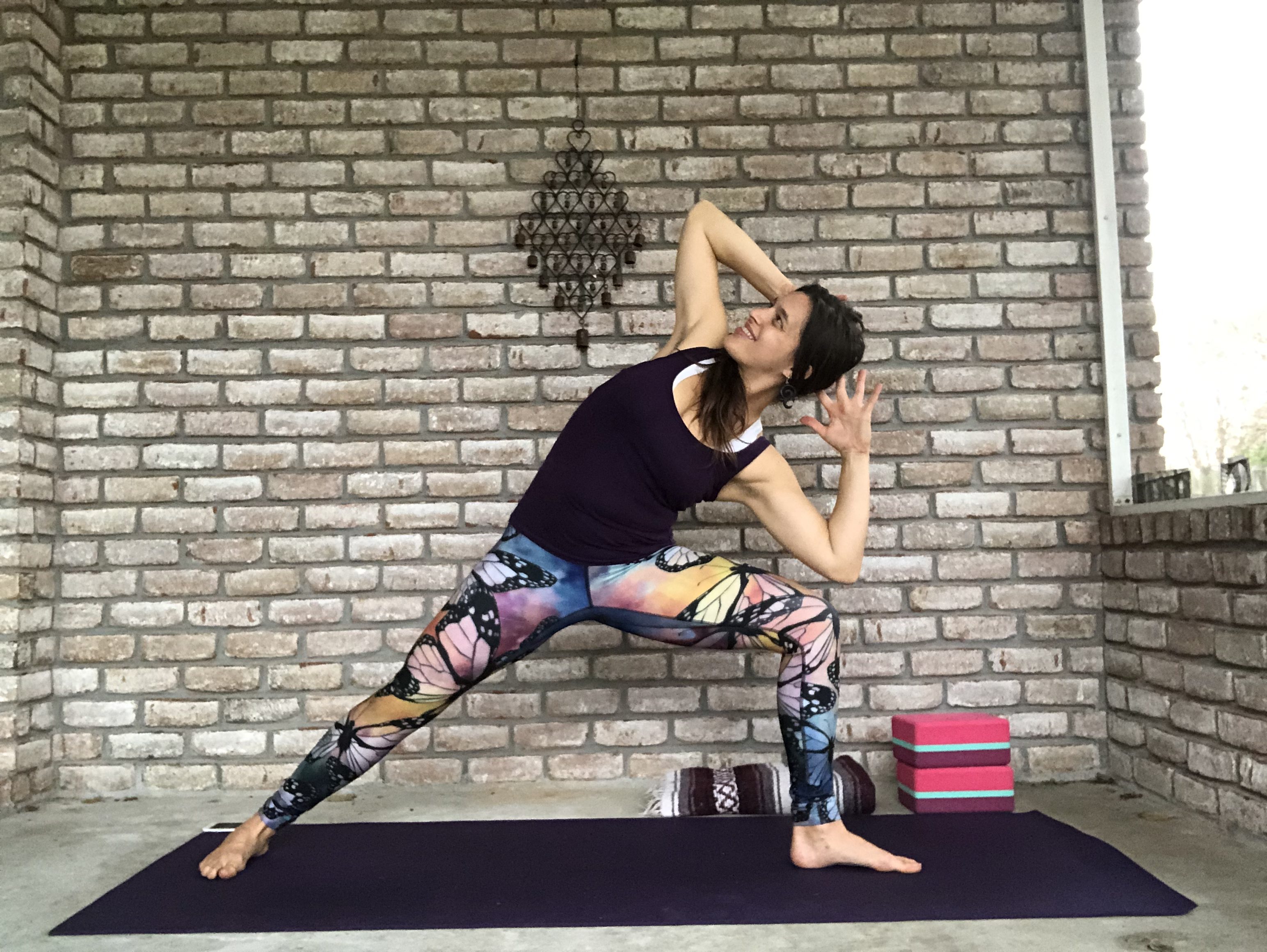Are you making these mistakes when you’re using your core muscles? So many of these are common misunderstandings about how your core muscles work and how to use them. I want to teach you how to use your core muscles more effectively so you feel stronger, steadier, and more supported.
Let’s dive in.
1a. Your core is more than just your “abs.”
This is a common misunderstanding when it comes to your core muscles. People tend to think that your core is just your abdominal muscles, but that’s a really limited view of your core. Your core is composed of the 3 primary abdominal muscles (see 1b) plus your erector spinae and multifidus (muscles in your back), pelvic floor muscles, and your respiratory diaphragm. Your hip flexors, psoas, hamstrings, and your shoulders are also primary helpers in the actions of your core. So ideas like, “if you feel this in your hip flexors, you’re not working your core properly,” isn’t accurate or helpful.
1b. You have more than one core muscle. (can you name them?)
You have 3 primary abdominal muscles: Rectus Abdominus, Obliques, and Transverse Abdominus. The one you’re probably most familiar with is the rectus abdominus, aka 6-pack (or 10-pack if you’re Hugh Jackman). Thing is, this is your most superficial set of abdominal muscles. They’re great, but it’s valuable to focus on the deeper abdominal muscle, too. Your obliques are a the second layer of your abs, while the transverse abs sit a bit deeper.
Your obliques fire a bit more when you’re working side body core action, while your transverse abdominals wrap around (imagine you’re putting on a big coat and wrapping it around you tightly. That action engages your TA.
The point is more that if you just focus on “getting 6-pack abs” you’re missing out on the deeper muscles that support the structure and stability of your core.
2. Are you paying attention to your pelvis?
Well, are you? Because how you align your pelvis is the most basic and simple action you can do to engage your core muscles. Here’s the quick way to think of it: you want a neutral pelvis. Not over tilted forward, which will create more arch in your low back; not over tucked, which will create more of a flattening of your low back. Neither does much in terms of lasting core engagement or support. Neutral pelvis, on the other hand, does a lot to keep your core in a more optimal position so not only can you feel your muscles working, but you are not overworking and stressing your body out.
3. You want more than “tight abs”
There’s a great term in acrobatics called “tight body.” The idea is that your body is contained in a particular form. Not rigid, but also not too loose. “Tight body” means it is easier for your partner to support you, fly through the air, or move with control.
However, in non-acrobatic actions, most people think of tight as rigid. You don’t want rigidity. Something rigid is more likely to break under strain, right? You want a core that is strong, stable, supportive, and mobile. Mobility is key. If your trunk can’t move, it can’t be as supportive or strong as you need, because it can’t hold you or stabilize you in multiple planes or directions or actions.
4. Your limbs should not do the work for your core.
It’s one thing to acknowledge that your hips and shoulders can help in working your core muscles. It’s quite another to assign all of the work to them. The tendency is to use your limbs as momentum to get you into a pose, when your core has the strength to do it. Or to use the length of your limbs (rather than momentum) to pull you into a pose or action that your core muscles could also handle. Notice when this happens and see if you can back off enough to feel your core instead.
5. Sit-Ups are boring and not the most bang for your core buck.
Variety is the spice of life for your core muscles. And for your entire body. If you are just doing the same thing to work your core, your muscles will recognize the familiarity and you will plateau. Adding new actions, dynamic actions, and unfamiliar movement patterns will not only be healthier for your core in the long run, but will also help you INCREASE your capacity. Which is important.
This is the driving principle behind my Yoga for a Healthy Core series. I was tired of seeing planks and sit-ups and boat pose as the go-to core poses in yoga and fitness. There is so much more you can do to engage your core muscles AND have fun while you’re doing it. So if you like the idea of creative core work, check it out. You won’t be sorry.
6. Stop pressing your low back into the floor to activate your core
This one might be a little controversial, especially if you are active in the fitness world or one of the progressive yoga teachers who says that there are no bad actions or movements for your body.
Here’s the thing: pressing your low back into the floor isn’t going to hurt you. I’m not saying it’s a bad action. I’m saying it won’t give you what you want, especially not long term. Pressing your low back into the floor is a lot like sucking your belly button toward your spine. There’s nothing wrong with it – it’s just that this action is unsustainable. Meaning, you can’t keep it up.
Go back to number 2 and the idea of neutral pelvis. This is a sustainable action for your core muscles. Neutral pelvis is also an action that will train your body for more supportive alignment when it comes to engaging your core muscles.
I’ll say it again: I am not saying sucking your belly in or pressing your low back into the floor is a bad action. It’s just not a helpful action when it comes to creating lasting, supportive actions that will build core strength, stability, and mobility.
Those are my top 6 ways to engage your core and mistakes to avoid. I’d love to know what you think of these. Let me know if they resonate or make you question everything you thought you knew about core work in the comments below!



